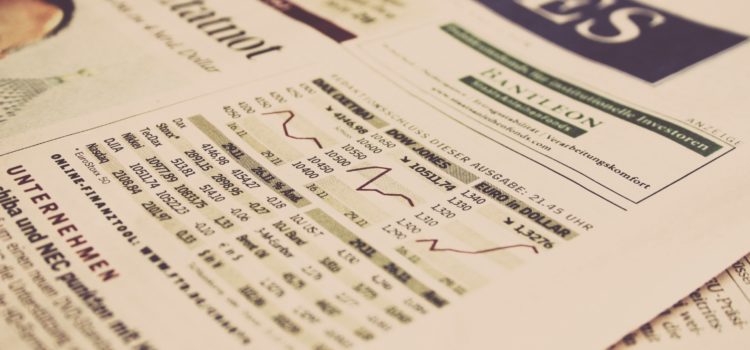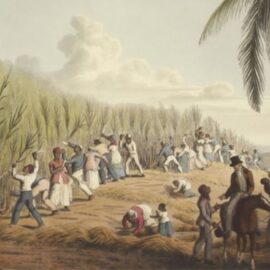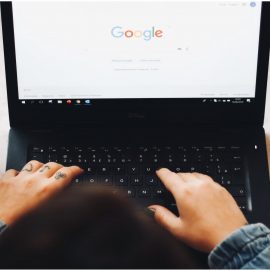

This article is an excerpt from the Shortform summary of "The Smartest Guys in the Room" by Bethany McLean and Peter Elkind. Shortform has the world's best summaries of books you should be reading.
Like this article? Sign up for a free trial here .
Who is Ken Lay of Enron? What was his role in the company’s failure?
Ken Lay, Enron’s founder and first CEO, founded Enron based on theories of efficient markets. Ken Lay of Enron left the company in the hands of Jeff Skilling, where it quickly turned to greed and untenable practices.
Ken Lay and Enron’s Beginning
The Smartest Guys in the Room chronicles the history of Enron, from beginning to end. Putatively, it began with good intentions and a believable vision. Then, as it focused on short-term stock prices, it became corrupted by deceptive accounting, making more egregious bets. It all started with Ken Lay, Enron’s founder and CEO.
Ken Lay Sees an Opportunity
Ken Lay, Enron’s founder and CEO, believed in efficient markets. The 1970s energy crisis caused natural gas to become deregulated. Lay saw an opportunity to profit from this deregulation.
Lay had served in various roles in gas companies before heading Houston Natural Gas (HNG) in 1984. His vision was to control a large fraction of pipeline which would allow better negotiating leverage.
Larger Omaha company InterNorth, in danger of being taken over by corporate raiders, wanted to defensively increase its size and debt load. It acquired HNG in 1985, with terms very favorable for HNG. Ultimately, Lay gained control of the board and became CEO of the company, renaming it Enron.
Things didn’t immediately work out quite as well as Lay hoped. A glut of gas on the market depressed prices and put Enron’s long-term gas contracts underwater. Management of the combined entity was tough, riddled with politics. As a public company, Enron was desperate for real earnings. It turns out for all his enthusiasm, Lay didn’t personally have strategic insights into how to create a new business model in this new deregulated world. For Ken Lay, Enron was already a gamble.
Enron Builds a Futures Market
In this strategic vacuum, a consultant had an answer. After Ken Lay, Eron was headed by Jeff Skilling.
In 1987, Jeff Skilling, a McKinsey consultant who worked with Enron, envisioned Enron building a futures market, turning natural gas into a commodity (then a novel concept).
Put simplistically, Enron would be the mediator between gas producers and gas buyers, with Enron earning the spread.
Enron was able to loan gas producers more money than banks, because it knew the clearing price of the gas. So producers signed contracts to supply gas to Enron, in exchange for upfront money to develop reserves. Enron could then trade the future contracts, just like oil futures.
Enron’s physical assets, ability to actually deliver gas, and its history and reputation gave it an edge over Wall St competitors who later entered the industry.
Securitization of gas lifted capital and balance sheets as constraints on growth. Selling its loans allowed Enron to eliminate debt from balance sheets and get cash to grow further.
This later became Enron Capital and Trade Resources (ECT) and by 1996 it made $280 million in EBIT, more than 20% of Enron’s earnings.
Enron International
The Enron International arm began in Teesside in the UK, with a natural gas cogeneration plant built in 1991. This plan supplied both electricity and heat to the local area. This was a successful project, prompting energy companies to ravenously seek similar deals in developing economies.
Rebecca Mark headed Enron International. Fueled by a compensation scheme that rewarded closing deals and not actually building the businesses, Rebecca Mark globetrotted and closed deals in dozens of countries. She positioned Enron as the “solver of the unsolvable problem.” She was hungry to come up with projects bigger and better than Teesside.
The projects were often troubled. The largest scandal was in Dabhol, India. A province struck a deal very favorable to Enron, guaranteeing a long-term purchase of highly priced energy. The Indian population revolted, seeing it as rapacious globalization. This stymied development for years.
Furthermore, the financing for projects was often unclear. Enron International hoped the funding they would come from non-Enron sources, but sometimes Enron ended up guaranteeing the debt.
Enron International fed Ken Lay’s desire to hobnob with international luminaries like Kissinger and heads of state, making it less likely to be scrutinized.
By 1996, Enron International accounted for 15% of Enron’s earnings.
Leadership Changes
When Ken Lay left the company, there was an opportunity for a new CEO.
Rich Kinder
In 1996, Enron COO Rich Kinder was expecting the CEO job. Around this time, Ken Lay of Enron was expected to go into politics, but he knew he wouldn’t get a political appointment under Democratic Clinton. Lay also didn’t respect the work that Kinder did. So Lay ousted Kinder, who founded energy company Kinder Morgan afterward (still a healthy company today worth around $45 billion as of time of this writing).
Kinder was a voice of reason within Enron, expecting discipline and skeptical of bad deals. After the collapse of Enron, some suspected Enron could have saved itself had he been appointed CEO.
In August 2001, Skilling resigned as CEO.
- Reasons: The pressures of maintaining a rosy public facade while dealing with internal turmoil ate at him. For someone obsessed with the stock price, its decline represented a personal failure. He hated getting his hands dirty, and his job was now about fixing problems.
- Skilling’s resignation fueled suspicion that something was wrong inside Enron.
Ken Lay of Enron returned to a hero’s welcome, like the company’s savior. But having been a non-operator for years, he wasn’t helpful.
- He announced a onetime options grant of 5% of salary. The stock was at the bottom of the cycle, and “we want you to enjoy the ride back up.” The stock was at $38.
- He announced Greg Whalley, head of wholesale trading, as COO. Whalley quickly dug in and pressed for clear financials.
- Tidbit: Ken Lay himself was paying off creditors. Despite having a net worth at its peak in the 9 digits, he had “diversified” by taking out loans with Enron stock as collateral, and with terms to face margin calls at lower Enron stock prices. The loans were then put into ill-fated investments.
Ken Lay’s Enron days were short, but he did return as CEO before the collapse. Ken Lay of Enron was one of the two people convicted for his role at Enron. The other was Jeff Skilling.

———End of Preview———
Like what you just read? Read the rest of the world's best summary of Bethany McLean and Peter Elkind's "The Smartest Guys in the Room" at Shortform .
Here's what you'll find in our full The Smartest Guys in the Room summary :
- How Enron rose to become one of the world's most promising companies
- How Enron management's greed led it to start cutting corners
- The critical failures that crashed Enron's house of cards to the ground






